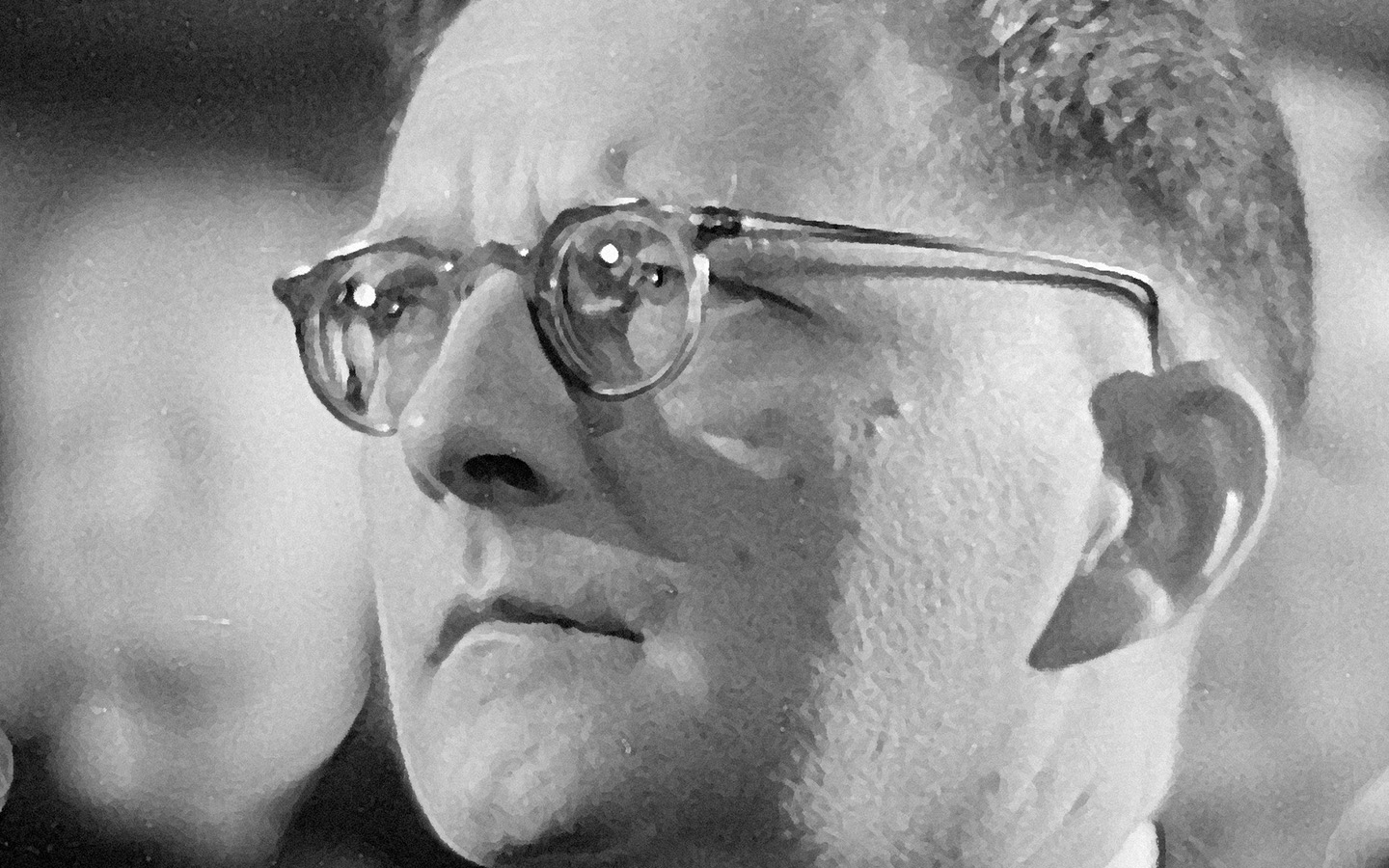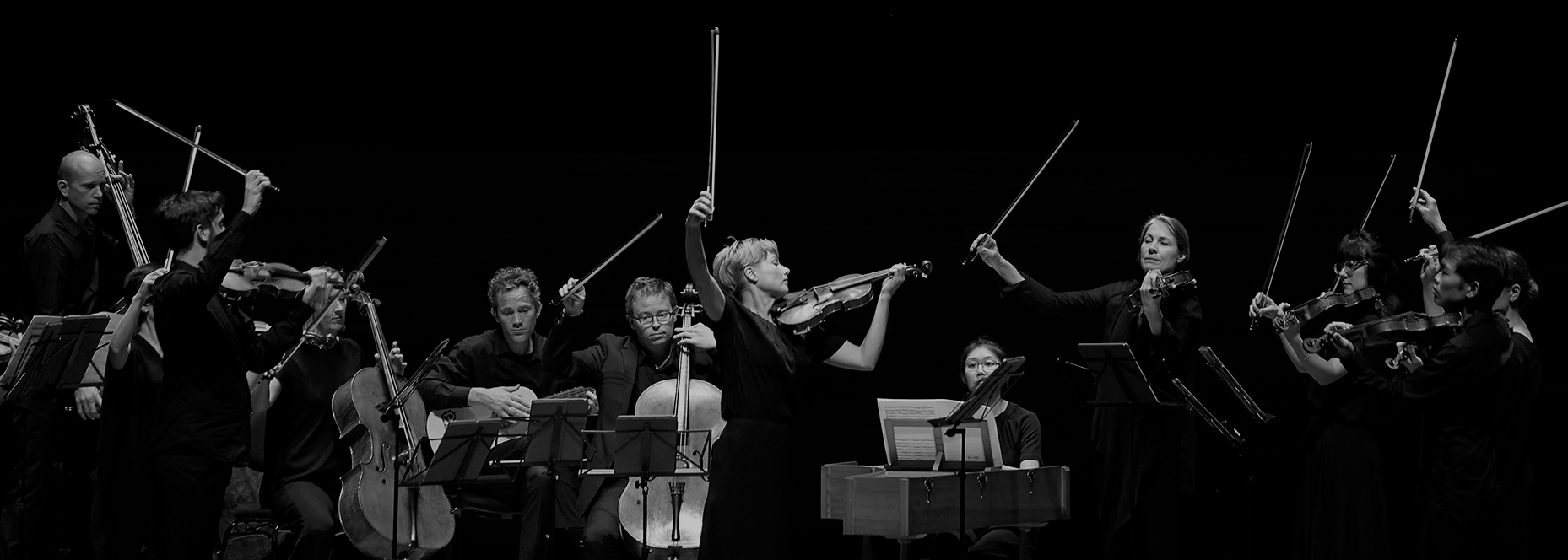
To further illuminate Steven Isserlis’ anticipated performance of Shostakovich’s First Cello Concerto, we enlisted the help of the National Gallery of Victoria’s Ted Gott, an expert in 20th Century art, to give us an insight into the artistic movements and cultural events that surrounded Shostakovich, both through his life and at the time of writing.
In 1959, when Dmitri Shostakovich composed his Cello Concerto No. 1 in E-flat major, Opus 107, a wave of change was gradually permeating the arts in Russia. The Soviet leader Joseph Stalin’s death in 1953 was followed at first by a collective holding of Russia’s breath, and then by a gradual release of tension as his successor Nikita Khrushchev denounced Stalin’s brutal dictatorship in his ‘Secret Speech’ of February 1956 (an oration that was misnamed, news of it rapidly permeating through Soviet society). By 1959 Khrushchev’s Thaw, as his new program of opening up the Soviet Union to the West came to be known, was well underway – exemplified by the staging in that year of the Soviet National Exhibition in New York, the American National Exhibition in Moscow and the first Western haute couture display to be shown in the Soviet Union, held by the French House of Dior in Moscow.
In the early twentieth century, Russian art was radically transformed first by the Suprematist movement whose founder Kazimir Malevich rejected all forms of representation and pursued an art based purely on geometric shapes; and, during Shostakovich’s teenage years, by Constructivism, whose adherents such as Vladimir Tatlin argued that in the spirit of the Russian Revolution the traditional art of the past had to be abandoned in favour of abstract art and a modern industrial aesthetic that would provide broad social inspiration.
These and other forms of artistic experimentation were tolerated during the years when Soviet Russia was headed by Vladimir Lenin, but after Stalin came to power following Lenin’s death in 1924 state support for the arts focused instead on realistic work that spoke more directly and clearly to the country’s workers. Modernism and abstraction were considered now to be tainted by Western influences (from Cézanne to Picasso) that threatened to undermine the social stability of the new Russia. Codified by Stalin in the early 1930s as Socialist Realism, this ideologically driven type of representational art dominated Russian painting and sculpture for decades to come, leading to endless depictions of cheerful and patriotic workers in farming and industry, all Russian and especially all Soviet to the very core in both look and spirit. Vera Mukhina’s monumental (24.5 meters tall) steel sculpture Worker and Kolkhoz (Collective farm) Woman of 1937 in Moscow, depicting two workers holding a sickle and hammer aloft, is a classic example of Socialist Realism.
Shostakovich himself was to provoke Stalin’s anger for importing Western influences into his compositions (from Mahler, for example), and for producing music that was considered too caught up in its own clever form and lacking in appeal to the average worker. Public denunciations of his work in 1936 and 1948 bracketed a terrifying decade in which Shostakovich saw numerous friends and relatives arrested and executed during Stalin’s dictatorship.
By 1959, however, Shostakovich’s fortune appeared to be on the rise again. In Moscow he now saw his Fifth Symphony performed by Leonard Bernstein and the visiting New York Philharmonic Orchestra, something that would have been inconceivable during Stalin’s repressive reign over the Soviet Union.
